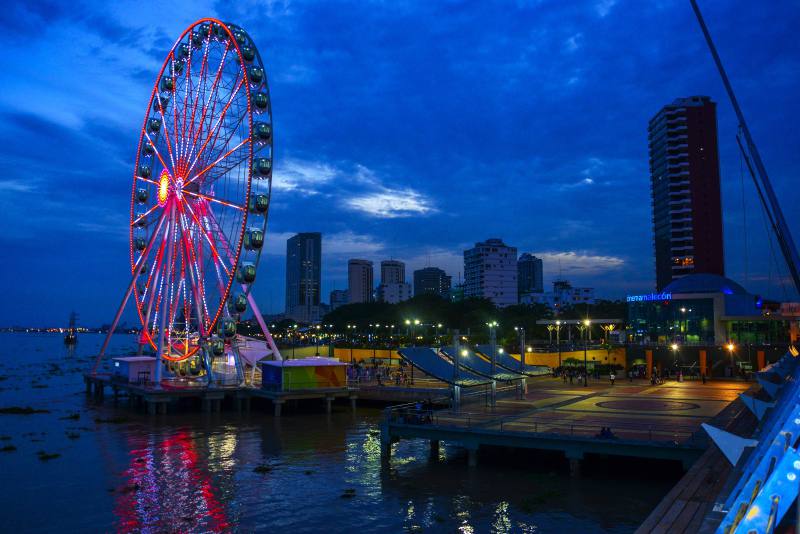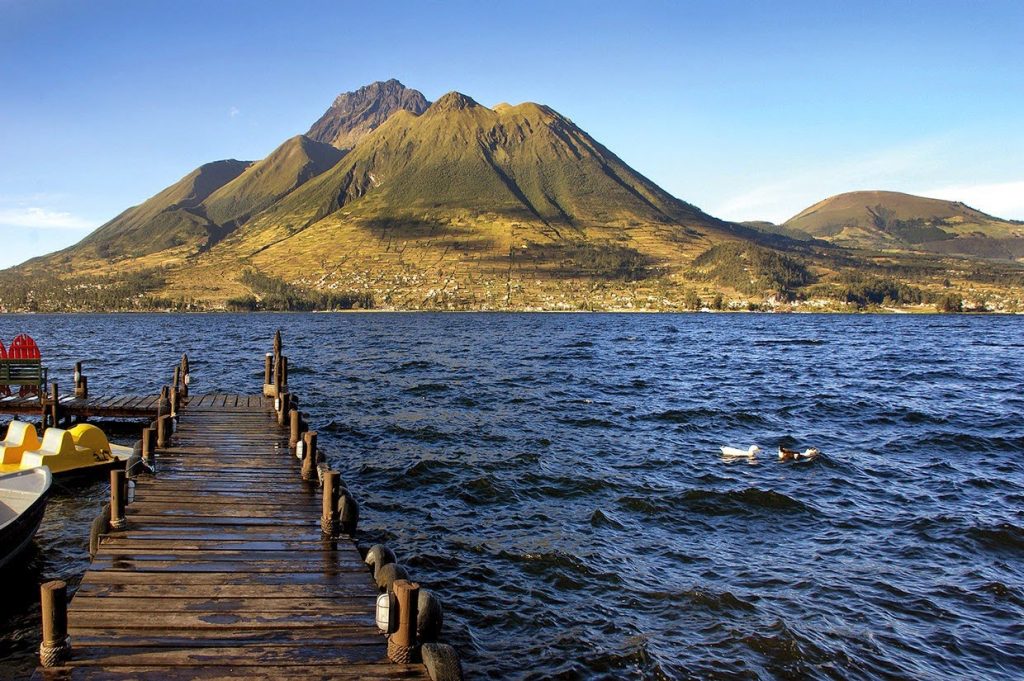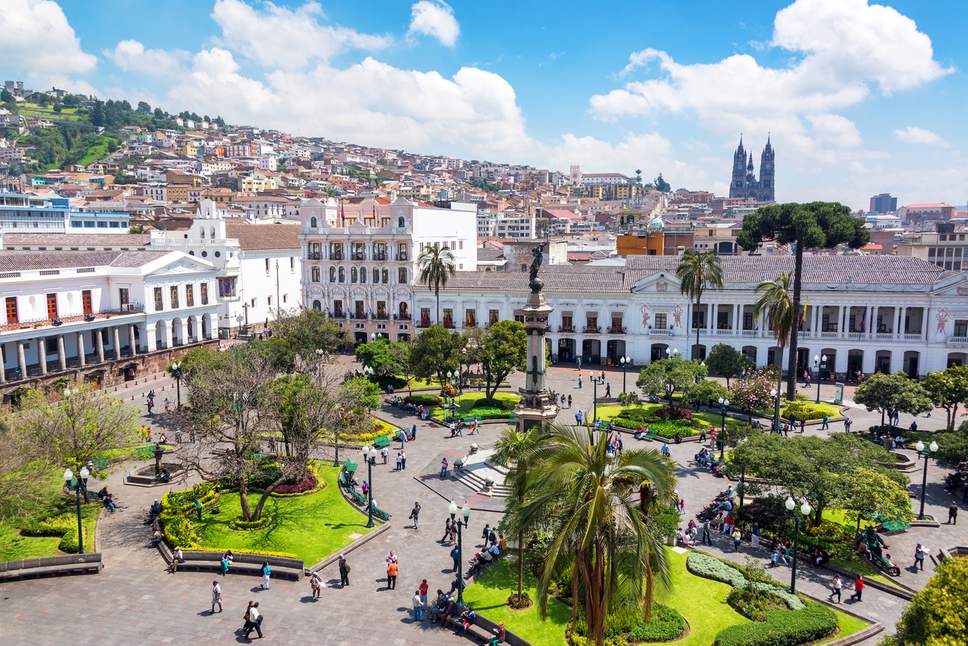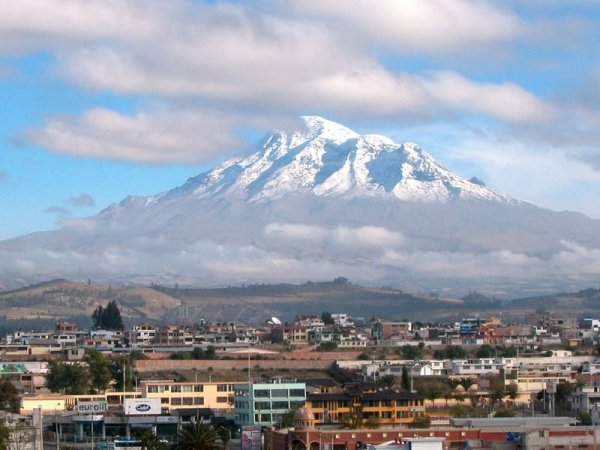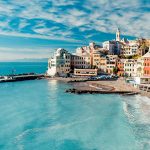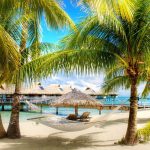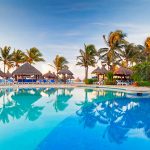PACKAGES
PACKAGES
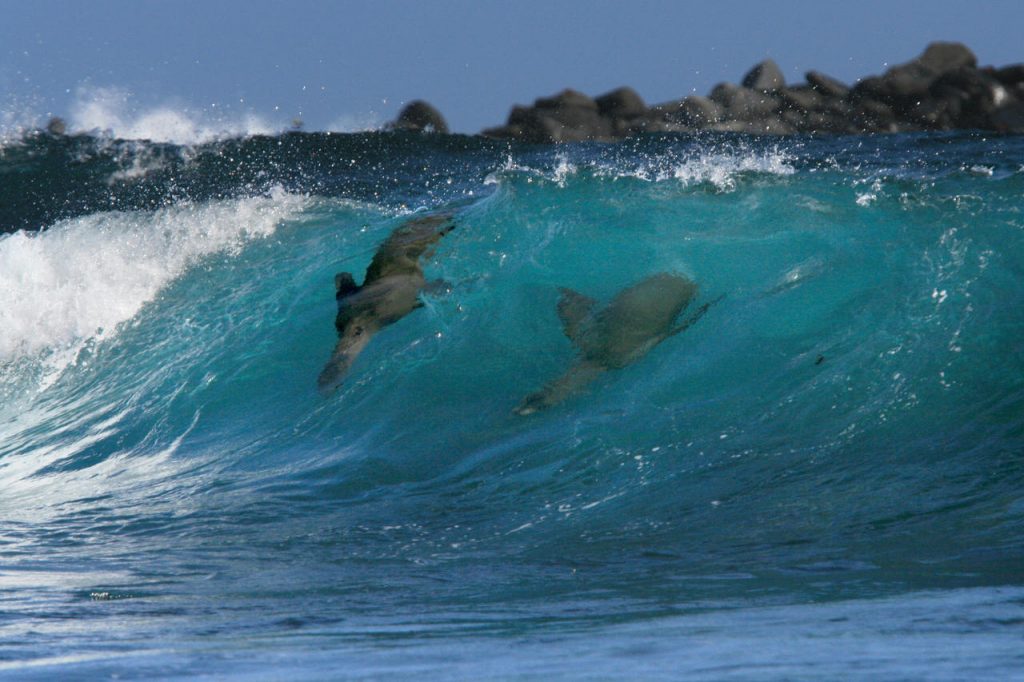
Floreana Island is an island of the Galápagos Islands. It was named after Juan José Flores, the first president of Ecuador, during whose administration the government of Ecuador took possession of the archipelago. It is one of the islands with the most interesting human history and one of the earliest to be inhabited.
DETAILS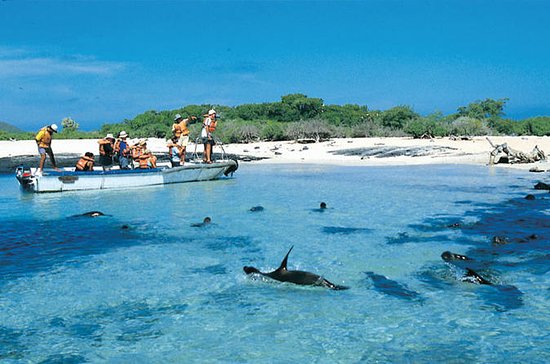
Also called Hood Island, southernmost of the major Galápagos Islands, in the eastern Pacific Ocean, about 600 miles (965 km) west of Ecuador. Large seal and albatross colonies live on the island, which has an area of 18 square miles (47 square km), but there are no human settlements.
DETAILS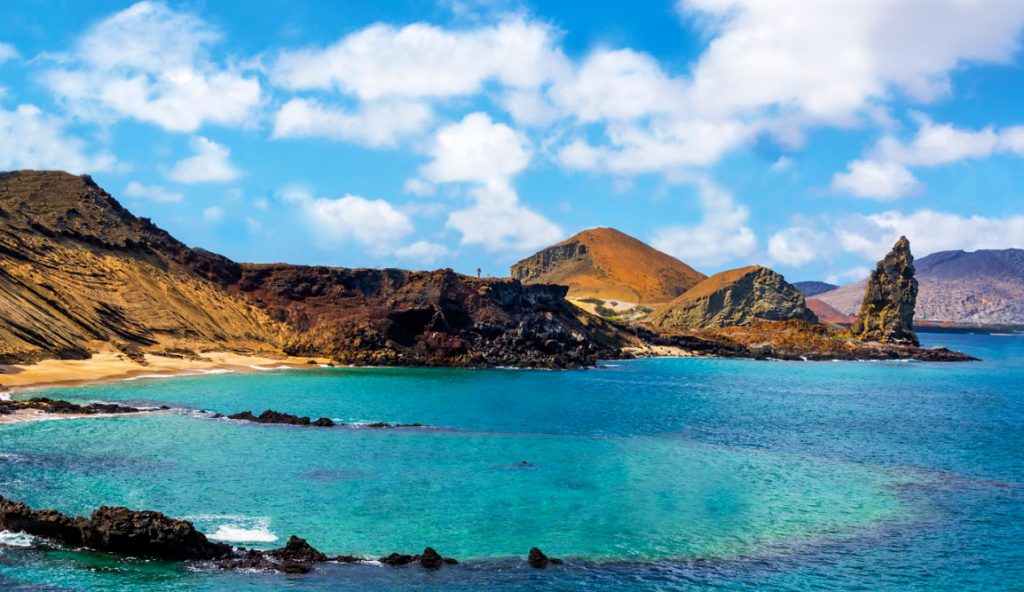
Bartolome, a desolate island with few plants is the most visited and most photographed island in the Galapagos. The island consists of an extinct volcano and a variety of red, orange, green, and glistening black volcanic formations. The best known of the island's features is the Tuff Cone known as Pinnacle Rock. Read more...
DETAILS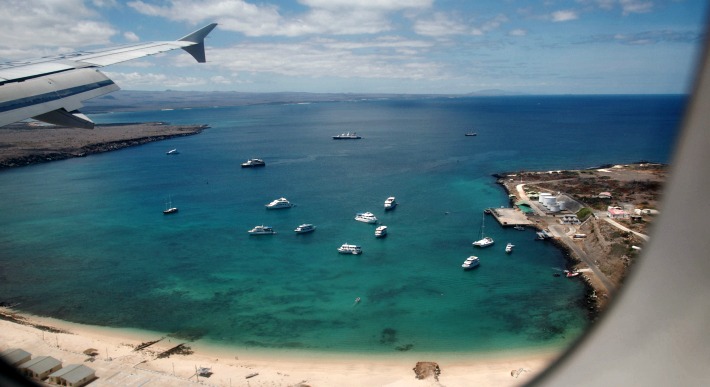
This is one of the smaller islands but is important as it has the main airport. It is to Baltra that many of the scheduled flights from mainland Ecuador come. There are no visitor’s sites or accommodation on Baltra and transport is available to Puerto Ayora. However, many people on a previously booked tour are taken to the harbour where their boats will be waiting. A large number of birds can be seen at the harbour, mainly boobies and frigatebirds
DETAILS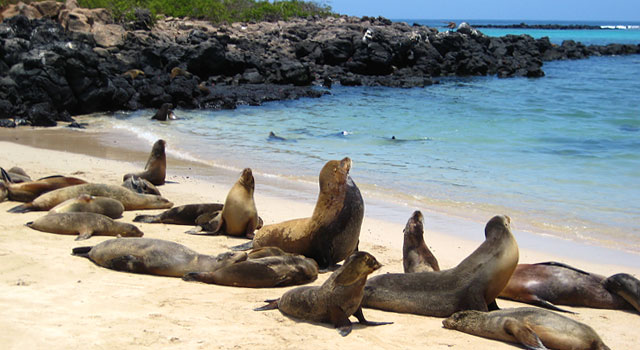
The wet landing site on Santa Fé is a white, sandy beach, full of sea-lions. As usual, the Galápagos Mockingbirds are curious and totally tame. The main aim in visiting the island of Santa Fé is to look for the endemic full species, the Santa Fé Land Iguana, Conolphus pallidus, which is confined to this small island.
DETAILS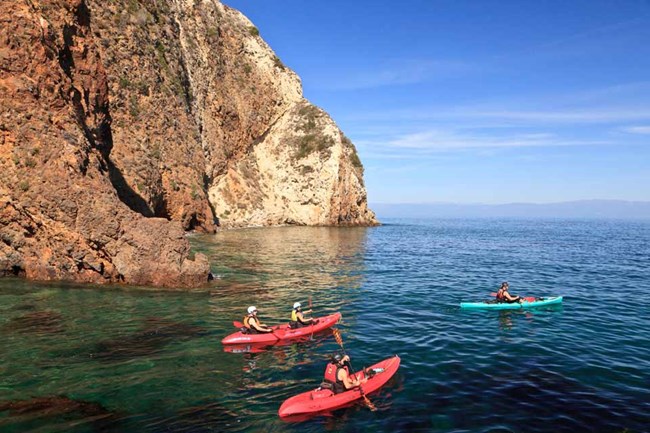
Santa Cruz is the island with the highest population, mostly living in the main town of the archipelago, Puerto Ayora. When visitng this island, you must visit Los Gemelos (the twins), which are two pit craters just off the main road from Puerto Ayora to the airport at Baltra.
DETAILS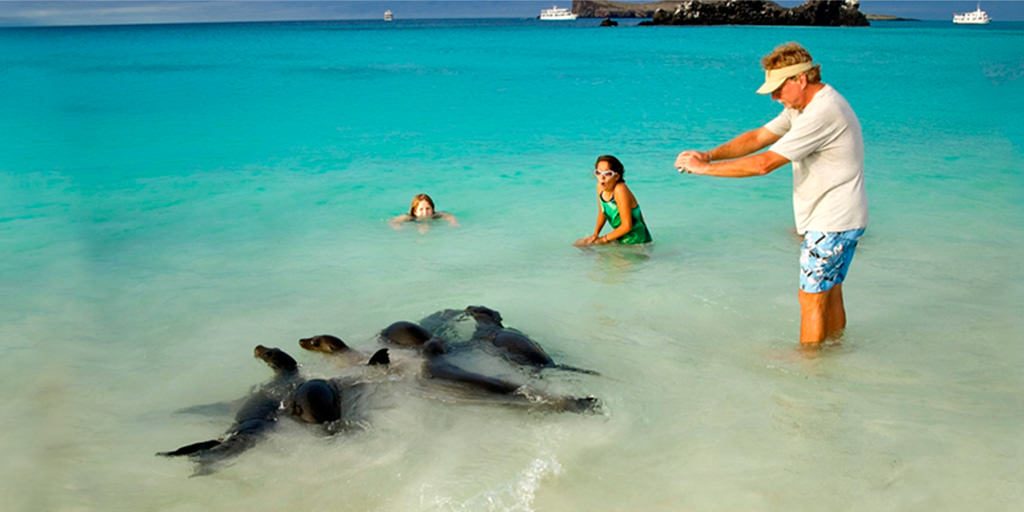
Galapagos has fascinated explorers and scientists throughout time, starting with Charles Darwin, who was astonished by the uniqueness of the species he found here and their marked differences from island to island. His observations lead him to conceive his masterpiece: The Origin of Species, a book that would change the concepts of science forever.
DETAILS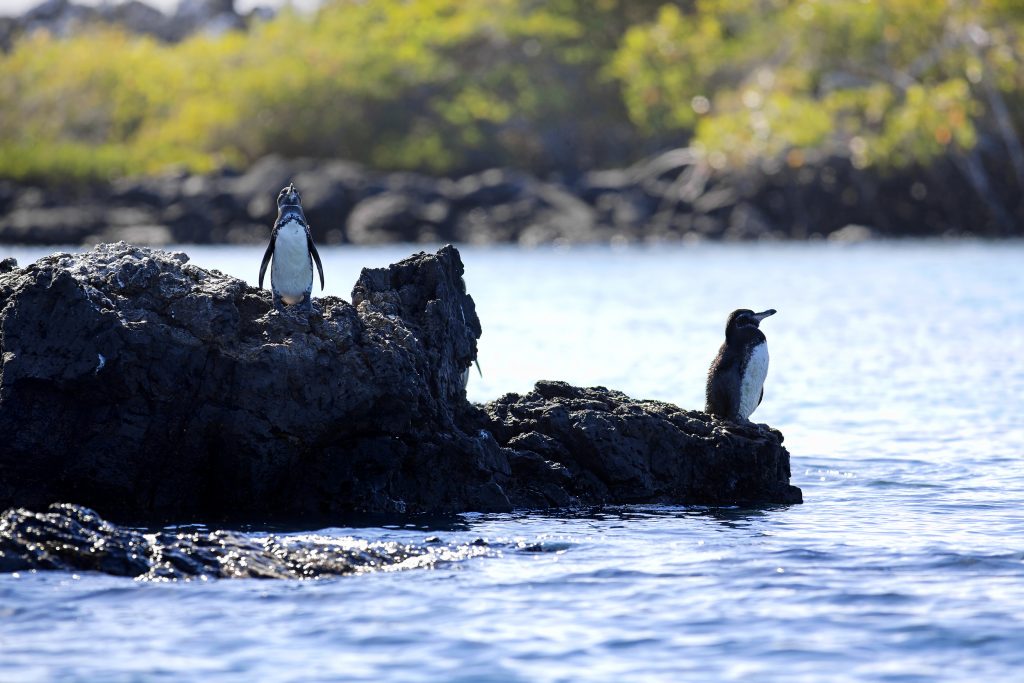
Isabela Island is the largest island of the Galápagos with an area of 4,640 km². This island was named in honor of Queen Isabel who sponsored the voyage of Columbus. Its highest point is Wolf Volcano with an altitude of 1,707 metres. The Equator passes directly through the island.
DETAILS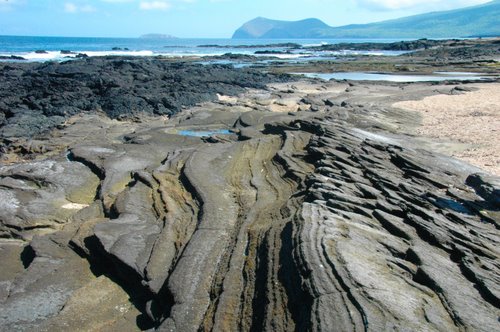
This is a good area to see the infamous feral goats of Galapagos. At one time there were an estimated 100,000 goats on Isla San Salvador. All were descendants of goats released onto the island by buccaneers, whalers, early fishermen and salt miners in hopes they would proliferate. Well, proliferate they did to the point of seriously out competing the islands native Galapagos Tortoise.
DETAILS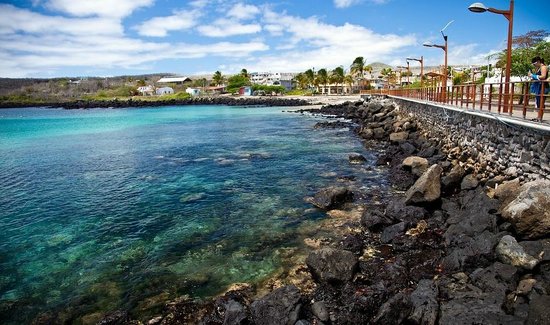
The harbor of Pto. Baquerizo Moreno is simply overrun with sea lions! ... Baquerizo Moreno. Pto B. Moreno is a nice little town.
DETAILS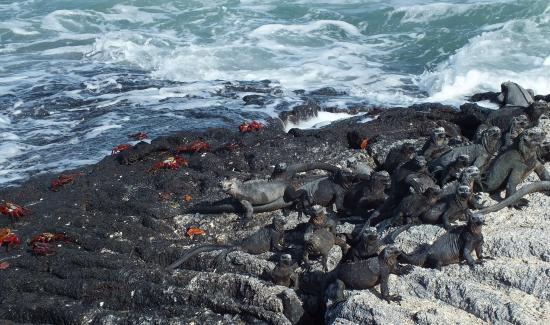
Punta Espinoza is overrun with the nominate Fernandina race of Marine Iguana (Amblyrhynchus cristatus cristatus) is one of the largest sub-species. Males can grow up to 1.5m. This is because of the colder water around the island.
DETAILS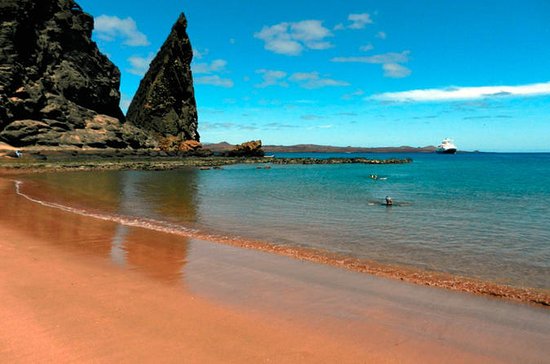
San Cristobal Island is the fifth biggest island of the Galapagos. It is lozenge-shaped, about 30 miles long and 10 miles wide. The highest point, is 2,395 feet. It is comprised three or four fused volcanoes—all extinct. The Ecuadorians named it San Cristóbal after Saint Christopher, the patron saint of travelers.
DETAILS
The other visitor site on Española is Punta Suarez, on the west of the island. Marylee Stephenson's guidebook says,
DETAILS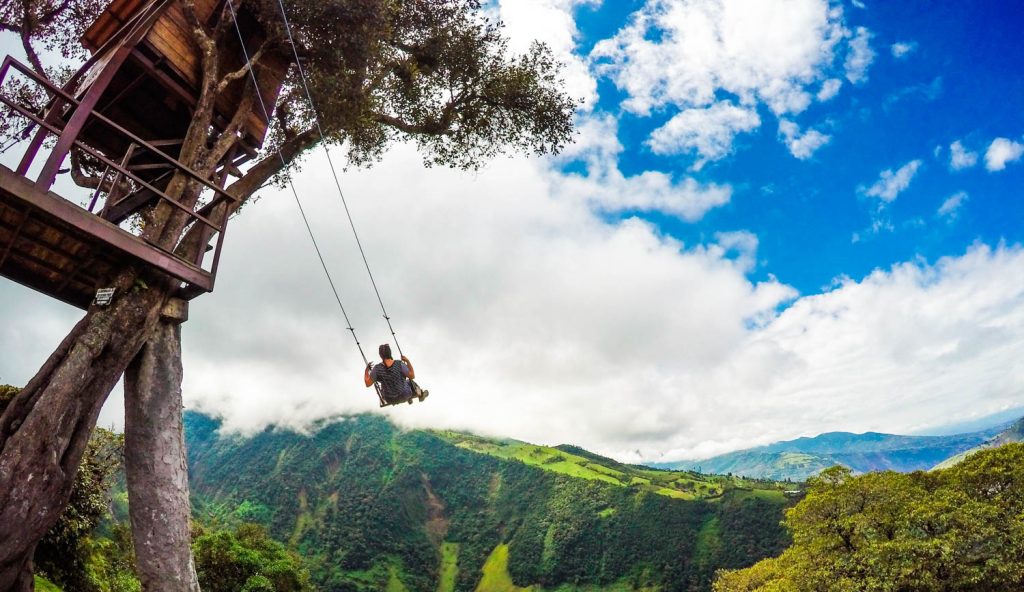
Banos is a quaint Andean small peaceful town, surrounded by snowcapped volcanoes and with nice hot spring waters. Great ecotourism destination, with pleasant climate and extraordinary landscape. Also, you can swim in hot spring waters, ride bicycle, motorcycle, horses and go trekking and rafting.
DETAILS
Cuenca is arguably the most beautiful city in Ecuador as well as one of the most outstanding in the Americas. Its rich colonial heritage includes cobblestone streets, graceful ironwork balconies, flowered plazas and courtyards, shady plazas, museums and religious art treasures that recall her long association with Spain. Yet the people, the markets, and the Andean setting leave no doubt that you are in Ecuador.
DETAILS

